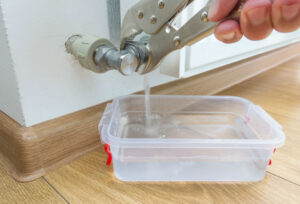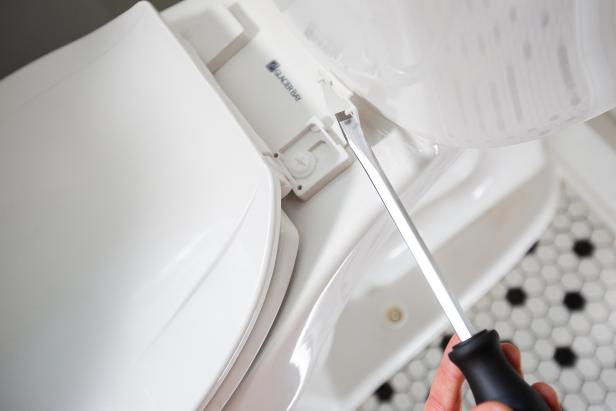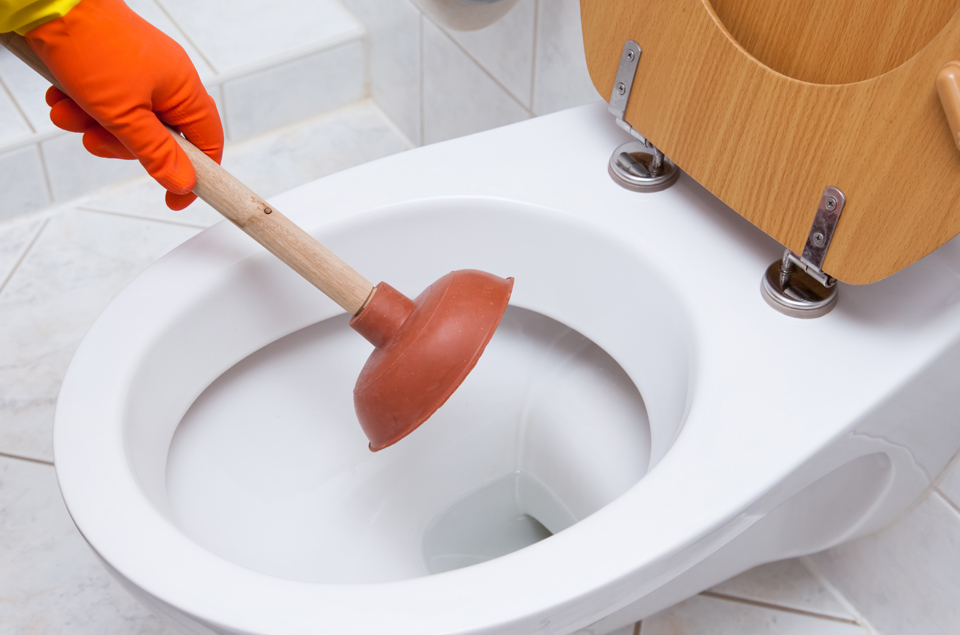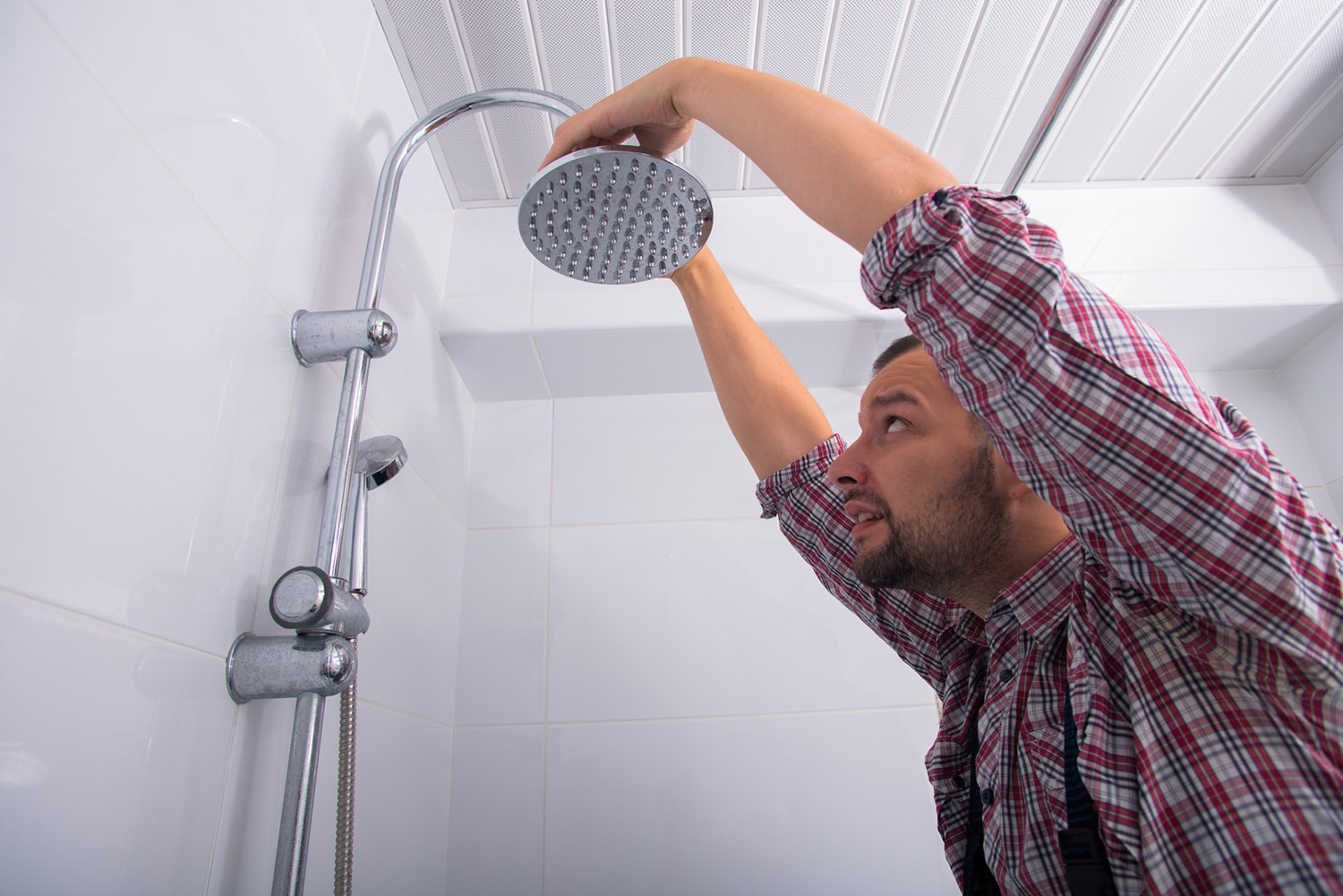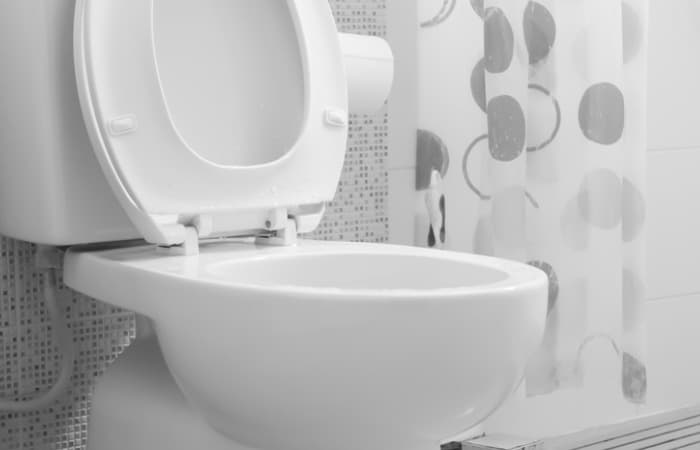There are many reasons why you be looking into how to drain a central heating system or just a single radiator. Perhaps you are looking to make repairs or replacements, maybe you are hearing noises or there is a blockage somewhere or even a leak. Whatever the reason it is probable you will need to do this more than once in your life so why not learn how. You can always call in expert plumbers to handle it should your efforts not do the job. Here are the steps to take to drain a radiator without draining the system.
Preparation
In the UK, many homes are heated using warm water heated from a boiler (this comes in many types but the most common are gas water boilers and oil-fired boilers) that then flows through pipes and radiators throughout the property. Newer models even allow homeowners to handle one radiator giving them problems giving each one their own connections. Even though you are not doing the whole system you should still turn off the main boiler switch and wait until the radiator you are working on has cooled to avoid burns. When looking at how to drain a radiator as well as having another helping pair of hands there are some other things you will need. They include:
- A bucket and bag
- Two containers you can slide under the pipes
- Two old towels
- A container for radiator parts
- Gloves
- Adhesive tape that is about half an inch in width
- A set spanner
- A tool you can use to bleed the valve
- Pliers
- Pen and paper
- Absorbent cloths for wiping up
Whether you have a tall radiator or compact radiator the process is the same if it’s using heated water. Do not attempt to drain a portable oil filled radiator.
1. Getting the spot ready
When draining a radiator you need to find the pipes on both ends of the radiator. One is the regulator control that takes in the hot boiler water and the other has a lockshield valve that then sends it back when it needs heating more. Fold your old towels into large squares and place them under each end then place your two containers that fit underneath so they catch possible drips when you loosen from the pipes.
2. Isolating the problem radiator
You isolate the radiator from the rest of the system by closing those two valves. It is easy to do the regulator side. Just turn clockwise to zero. Have your pen and paper ready and take off the white cap and put it in the container for the radiator parts. Then using the pliers or spanner turn the lockshield clockwise and count how many times you do a full turn and write that down.
3. Preparing to drain
Draining a radiator you should use a set spanner to make sure the faces are square, an adjustable spanner could cause damage. Make sure the spanner fits the union nuts and check to see if your spanner hand will bump into anything. If it will use an old cloth around your hand to protect it. Using the special tool made for opening the bleed valve open it with two turns.
4. Loosening the union nut on the side of the regulator
When you drain a radiator system this is usually the hardest stage of the job. There is a chance of water spilling so have someone close by with cloths and make sure your container is well-positioned. Put the spanner to the regulator side and turn anti-clockwise until water starts coming out. Do not force anything. If you cannot move the spanner you need to call in a professional plumber. If you need to tighten it back up to empty the container and then reposition and open it again, do so. If you need to open the bleed valve further do so. When that flow slows and stops you are done.
5. Taking off the couplings
On the regulator side, unscrew the union nut and pull gently away from the water supply pipe. Using the adhesive tape, cover the pipe thread. Remove the nut on the lockshield side and working carefully as there can still be water there move the drainpipe and tape it.
6. Take away the radiator and drain any water left
Put your bucket on top of the opened plastic bag and with the help of your partner drain a radiator system by covering holes where the pipes went with one hand as you pull the whole thing up and drain the radiator of its last bits of water.
Next, here are the steps to remove a radiator if you’re replacing it rather than flushing it out. Should you find yourself confused or struggling at any step, stop and call your plumbers in to help.

